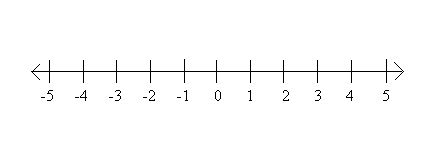This year I finally got my books organized. I have so many books and it's been hard to find bins big enough to hold them all but Ikea finally helped me solve the problem.
This was my book bins before:
MESSY!
The bins weren't big enough to hold all the books. I hated how messy it looked.
Here is after:
I found these great bins that fit perfect on my book shelves at Ikea for about $2.50 each. They are big and can hold LOTS of books! The lids were extra. I love the lids though, because sometimes I get preschoolers in my room with their moms and they love to go through my books. Then I find them all over my room and sometimes not in the best of shape. With the lids, it's like 'out of sight-out of mind'. My room also gets really dusty and this helps keep my books cleaner.
Each bin is labeled with the level and picture of the sticker that is on each book.
I patterned my leveling system after Sharon Taberski method outlined in her book called "On Solid Ground". My books are leveled into 4 colored groups:
Emergent: pink 1 is level A, pink 2 is B, pink 3 is C.
Early: yellow 1 is D, yellow 2 is E, yellow 3 is F.
Transitional: orange 1 is G, orange 2 is H, orange 3 is I.
Fluent: green 1 is J, green 2 is K, and green 3 is L.
I don't do my shopping like the profession books say you're supposed to. I know shame on me but this is what works best for me. I'm a little bit of a control freak I guess. My kids shop for books every Friday during Read to Self in Daily 5. Each student is assigned a bin. They trade 10-12 books for 10-12 new ones. They'll have these books in their book bags for the coming week. I encourage them to read each book several times during Read to Self and Read to Someone and discuss the strategies with their partners. They also practice fluency. I also check in with them during the week and listen to them read a few of the books to make sure they are just right. When I move the kids up in guided reading I change their bin. I usually have them in a bin that is one level below their guided reading level. So if Sally is reading in guided reading on an E, she is assigned to the D bin. You're probably wondering if I teach my kids about choosing 'Just Right Books'. Yes, I do teach them and several times they will come to me and say a book is not just right and they can trade it for another one because all the books in the bin are not an exact D or G level. I have been using this system for several years and it works really well for me.
The only problem is you need to have LOTS of books in your bins. I have probably 100+ books in most of the bins. I collect them from several publishers. My favorites are Scholastic Book Clubs, MaryRuth Books, Pioneer Valley Books, Bruce Larkin Wilbooks, Fountas & Pinnell Take-Home Books just to name a few.
Another organizing thing I did this year was to organize all my genre books. I have baskets with different genres that my kids can choose to read from at different times during the day. Again, Ikea solved my problem.
I found these great shelves and boxes. Each box is filled with various genres of books stored in them. You can't see it in the picture but there are labels on the sides. My kiddos don't touch these boxes. They aren't as sturdy as the plastic ones mention above. This is only storage. I take the books out I want them to use and put them in the genre baskets and I forgot to take a picture of one of the baskets- sorry! I rotate the books about every month. It helps keep their interest and they don't get bored with the same old books.
Thanks for stopping by. I hope you found something that can help you in your classroom.
If you have any questions or comments I'd love to hear from you.



































